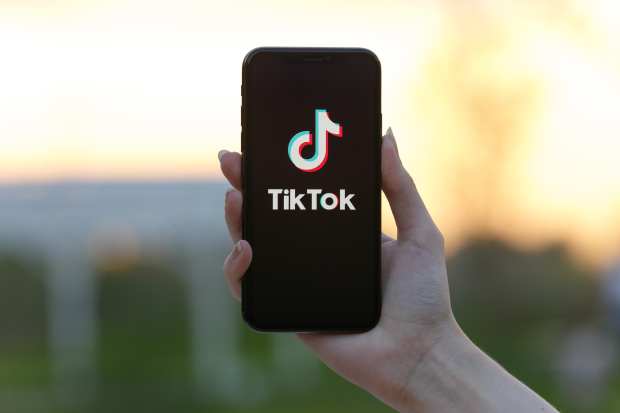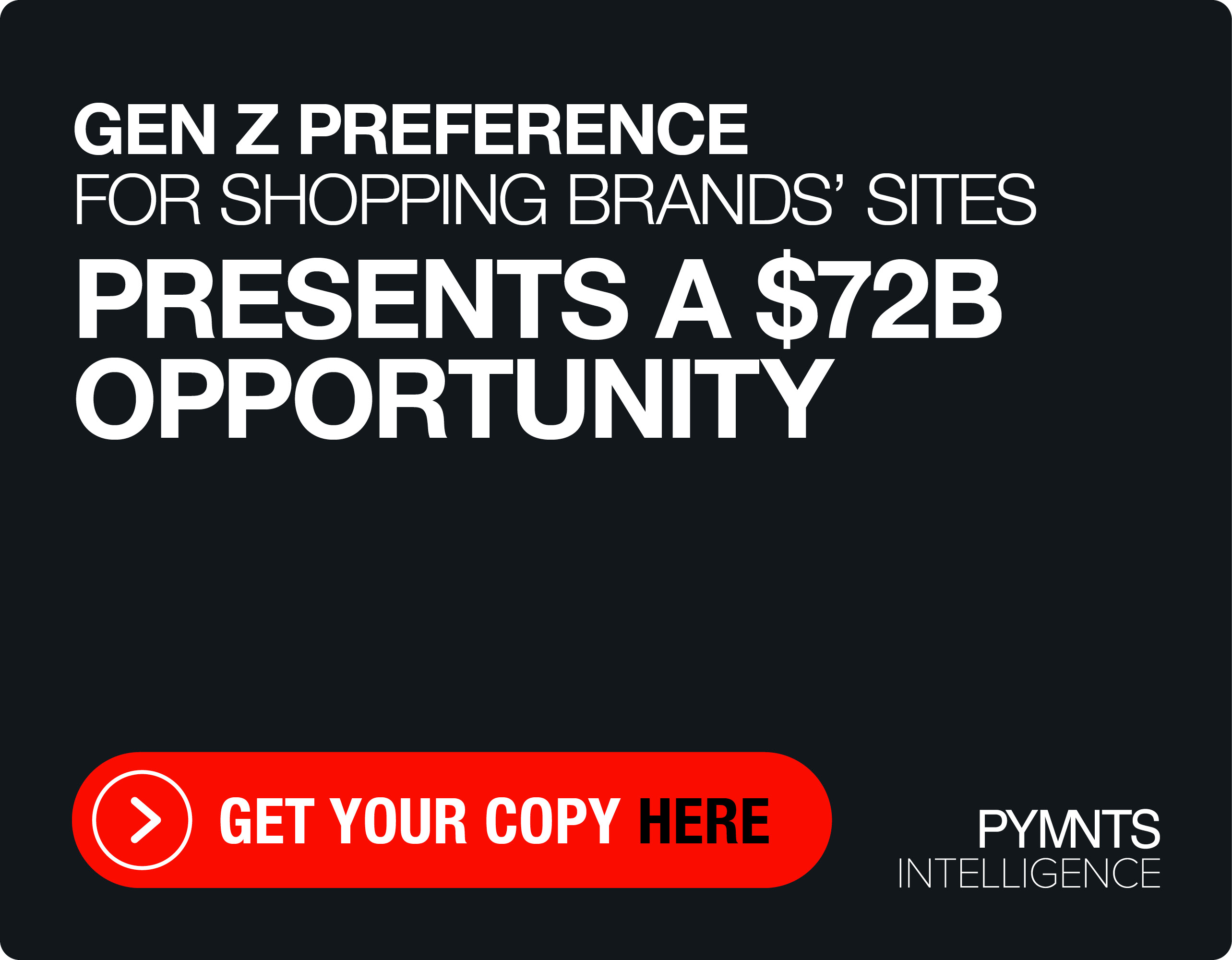Tapping The Contextual Commerce Power Of TikTok

As recently as a few years ago, experts were predicting the era of social media platforms was over, and that new entrants were far less likely to make a dent on the market than be bought out by the established names in the game.
TikTok has managed to virtually unmake that conventional wisdom in the last 24 months. The social media application that is mostly a destination for those looking for the short-form videos in which it specializes now has 26.5 million monthly active users in the U.S. — roughly 60 percent of whom are in that incredibly desirable demographic of 16 to 24 years old, according to a Reuters report.
With a user base that is large and growing quickly internationally among the age demographic advertisers and marketers prize above all others, it is unsurprising that TikTok is now dipping a toe into better monetizing its service by more closely tying it to commerce. In that effort, in fact, it is hardly alone as social media platforms go. In early 2019 Instagram launched in-app checkout for brands, and spent much of the rest of the year rolling out updates and add-ons to make it easier and more intuitive to not just scroll through “The Gram” but also shop while doing it.
And in some ways TikTok has a bit of an advantage in its rollout of commerce on its platform, simply by dint of being the new social platform on the block. Instagram user are suffering from what data analytics firm InfluencerDB called “ad fatigue,” a phenomenon caused by feeds that are overcrowded with (often irrelevant and undesirable) branded content that over time push once avid users off the platform. According to the analytics firm’s data, user engagement in sponsored posts on Instagram fell to a historical low — to 2.4 percent in early 2019, down from 4 percent a year earlier — while engagement in non-sponsored posts fell to 1.9 percent from 4.5 percent during the same period.
TikTok, being newer, has a much less pronounced crowding problem when it comes to branded content — and is apparently using this early grace period in a way that Instagram did not, to immediately build in commerce functionality early in the game.
What that function will look like, or when it will be in wide use, however, remains an unknown. The social platform has offered shoppable ads for some time, but late last year TikTok confirmed that it was beginning to experiment with bringing commerce directly inside the app with the addition of shoppable videos from its virtual army of teenaged content creators.
What this means, in practical terms, is that instead of users only being able to buy via ads made by major brands, content creators could guide their followers to buy their favored brands directly from their online stores.
The early tests with the shoppable content creator videos were first spotted by Fabian Bern, founder of the Chinese influencer agency Uplab, who found an influencer video of a puppy in a panda costume. Click the video — you can buy the panda costume for your dog, if it is very very small. The Chinese variation on TikTok — Douyin — has had this feature for some time, and it looks like it is on its way to making its entrance into the U.S. market.
“The company is known to launch things quietly,” Bern told AdWeek, noting that this rollout could be the beginning of some big changes for the TikTok platform and is relationship to it content creators.
So will TikTok soon be the web’s premier shopping destination? Impossible to predict — but given its out-of-nowhere appearance and dominance of the social media scene, we wouldn’t count it out. A commerce mission that started with a panda costume for a dog could be a going a lot further, and sooner than you may think.
